Women and India’s Nutrition Strategy

A new Nutrition Strategy is currently being drafted by Niti Aayog to converge schemes addressing malnutrition in various ways and improve data collection for monitoring and evaluation.
This is urgent. India needs to considerably accelerate its effort to combat malnutrition and improve nutritional indicators. Under-5 stunting at almost 39% and anaemia among women at 48% according to the Global Nutrition Report 2016, makes India one of the worst performers in Asia with respect to malnutrition, in spite of recent improvements, while the National Food Security Act, 2013, has had limited success, with implementation in only five states (and partial at that).
Role of Women
Women are generally the main care givers in the home. As such women have an especially important role to play with respect to meeting nutritional goals at the household level. Women ensure that children and other household members are fed a varied and healthy diet, and women are also most likely to be affecting behavioural change in the household – through training children about hygienic practices – for example, how to use the toilet or the importance of hand-washing. Likewise, it generally falls on women to keep the home clean. This was confirmed by our fieldwork in two districts – Sabarkantha in Gujarat and Bijapur in Karnataka -- as part of a study on gender inclusive food, agriculture and nutrition policy implementation at the district level and on how food, agriculture, nutrition and gender intersect at household level, in which we undertook 100 questionnaire-based interviews and six focus groups with a total of about 60 women. We found that women and girls in the household do all the cooking and most of the child-rearing. Likewise, these districts being rural, women were also heavily engaged in agriculture – working on the family land, or as labour on other farms. However, in spite of the work both on the farm and in the home, women’s decision-making powers were limited. Decisions on what to grow, what to sell and what to keep are made by the male members of the family. While many but not all could decide what food to prepare, major household expenditures were decided by men. In fact women in both district reported restrictions on their ability to move freely outside the home or within the village, having to ask permission from the husband or in-laws to step outside.
This then suggests a mismatch at the household level between women’s role as main carers as well as labour on the farm, and their lack of agency with respect to decision-making on the farm and in the home. Women care, but cannot take decisions on how best to spend the household income. Likewise, women work on the farm but are not in a position to take decisions on what to grow, what to keep and what to sell. It comes as no surprise then, that studies have shown that increased empowerment and agency of women is connected to improved nutritional outcomes in the home.
However, nutrition policy in India, which sits primarily with Ministry of Health and Family Welfare and the Ministry of Women and Child Development, does not recognise this gender dimension of nutrition. Instead, schemes that specifically link women and nutrition, focus on pregnant and lactating mothers as well as adolescent girls. Women are therefore seen primarily through the lens of beneficiaries of malnutrition schemes rather than agents of change.
What can be done empower women in the household and include women as core stakeholders of a future Nutrition Strategy?
Focus Broadly on Nutrition and Gender within that
Focus on the role of women within the broad remit of nutrition, rather than specifically considering women only as beneficiaries of malnutrition programmes. For example, recognising the key role that women play when it comes to the overlapping factors affecting nutrition in a household. These include access and availability of nutritious food; health (and the body’s ability to efficiently metabolise nutritious food) and adequate water, sanitation and hygiene practices. All of these areas are part of the care that women provide within the home, so rather than generic policy programmes targeting sanitation or hygiene practices, or nutritious feeding habits, it would make sense to tailor policies to women as main care givers.
Educate and Inform
One way to ensure that women are in a better position to take good nutritional decisions for the family, is to provide education and information about nutritious food, appropriate food preparation and improved water, sanitation and hygiene practices are needed to affect behavioural change. Likewise better information can enable families to make more informed choices about their habits and practices with respect to nutrition. One example is IAP HealthPhone - a mobile phone based programme sponsored by the Government of India and UNICEF, providing women and girls with nutrition related advice. At the village level, ASHA and Anganwadi workers can play a crucial role in providing information and education.
Change Behaviour and Norms
Empowerment and agency goes beyond accessing information and best practices. Policy programmes also need to make female empowerment within the household an integral part of a new nutrition strategy. Here, behavioural change is at the core, as shifts in cultural values and norms are required to allow women more agency and the ability to take decisions or be part of decision-making processes in the household and on the farm. This would link decision-making over resource allocation on the farm (food production) to how to spend income within the home (accessing food or building a toilet, for example), and to decisions over what to eat. It would also put women in a better position to be able to make informed trade-offs for the whole family between working on the farm and providing care in the home, and moving towards a more gender-equal division of labour.
Ensure Gender Inclusive Implementation and Governance at Local Level
It is not only within the household that cultural norms need to shift. Any policy framework needs to recognise the essentially patriarchal system of governance at the village and district level, with most decision-makers being male. Therefore, the design and shape of local institutions matter for delivery of nutritional programmes as well as for the gender inclusion. One way to enable more gender inclusive implementation at the local level is to use toolkits such as this nutrition and gender sensitive agriculture toolkit by KIT to guide local officials in rural districts towards appropriate holistic and inclusive approach to improve the nutritional status of households. A broader and more holistic approach likely means also working with a range of different types of organisations in the implementation of nutrition policies. For example, working with self-help groups and women’s cooperatives to reach more women, or working NGOs that already have decades of experience in enabling women’s empowerment and agency locally.
Gather Evidence to Better Understand Gender and Nutrition
To better understand the role that gender plays in a particular context, and to provide more tailored programmes, more and better quality data are needed. Nutrition-related data need to be more efficiently collected. Data needs to be gathered in a manner that is gender inclusive – providing information especially on barriers that women face to enabling improved nutritional outcomes within the household – and that helps district officials and others implementing programmes to do so more effectively. Here, Niti Aayog’s plan to launch a multi-stakeholder platform for information collection and sharing, is promising.
There is a lot of work to be done to improve nutrition in India, but the new strategy currently being formulated is a great opportunity to especially focus on the role of women in enabling better nutritional choices in the family, and in turn improve nutritional indicators in India.

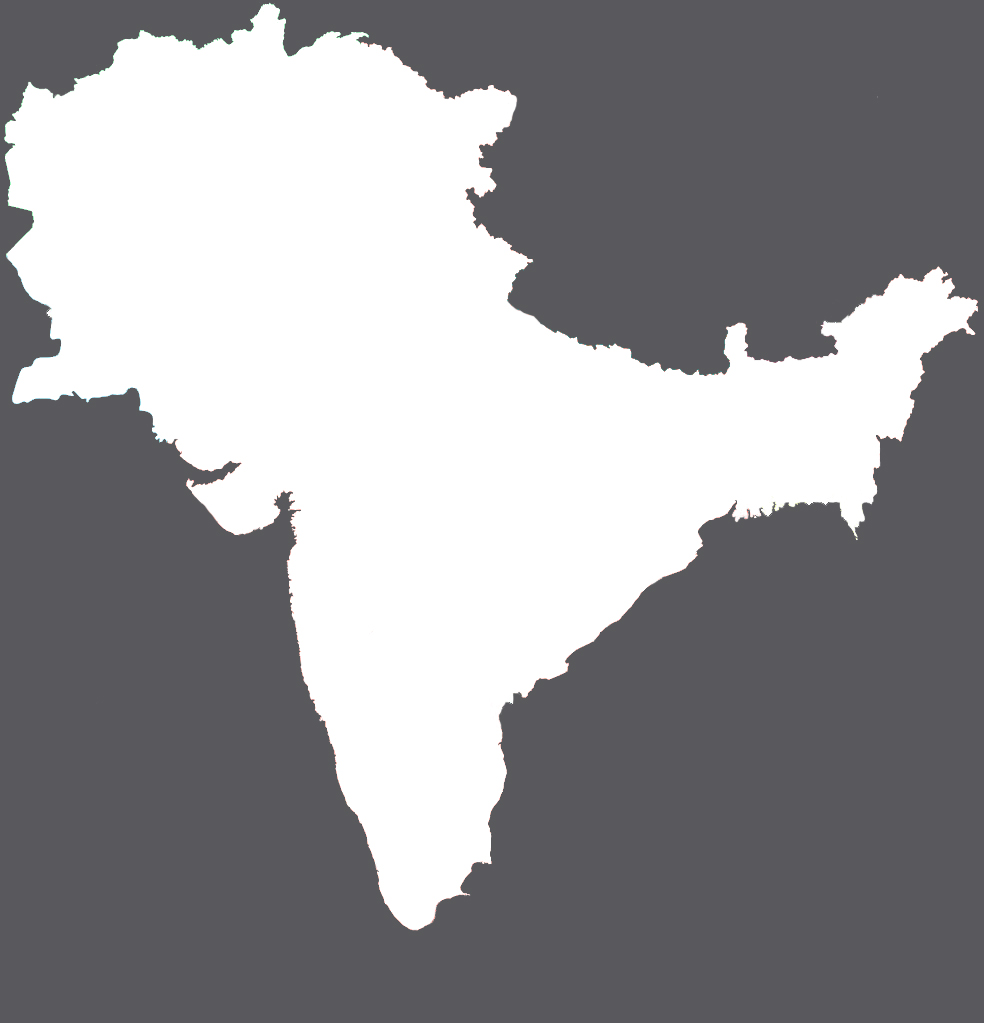
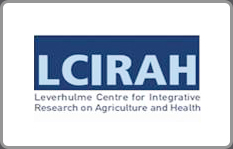
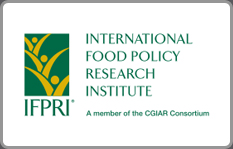
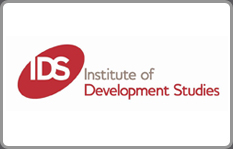


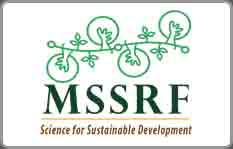
Add new comment